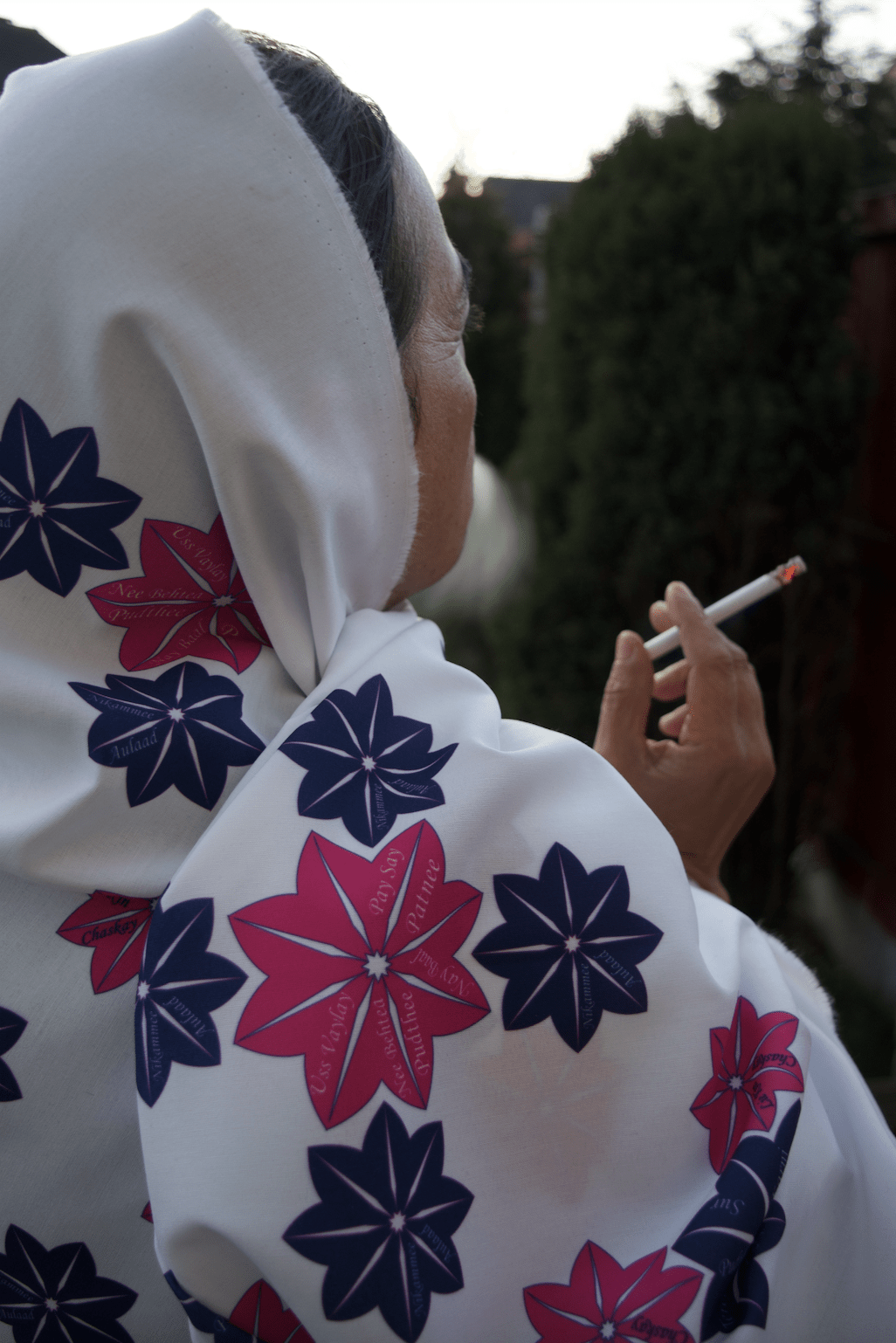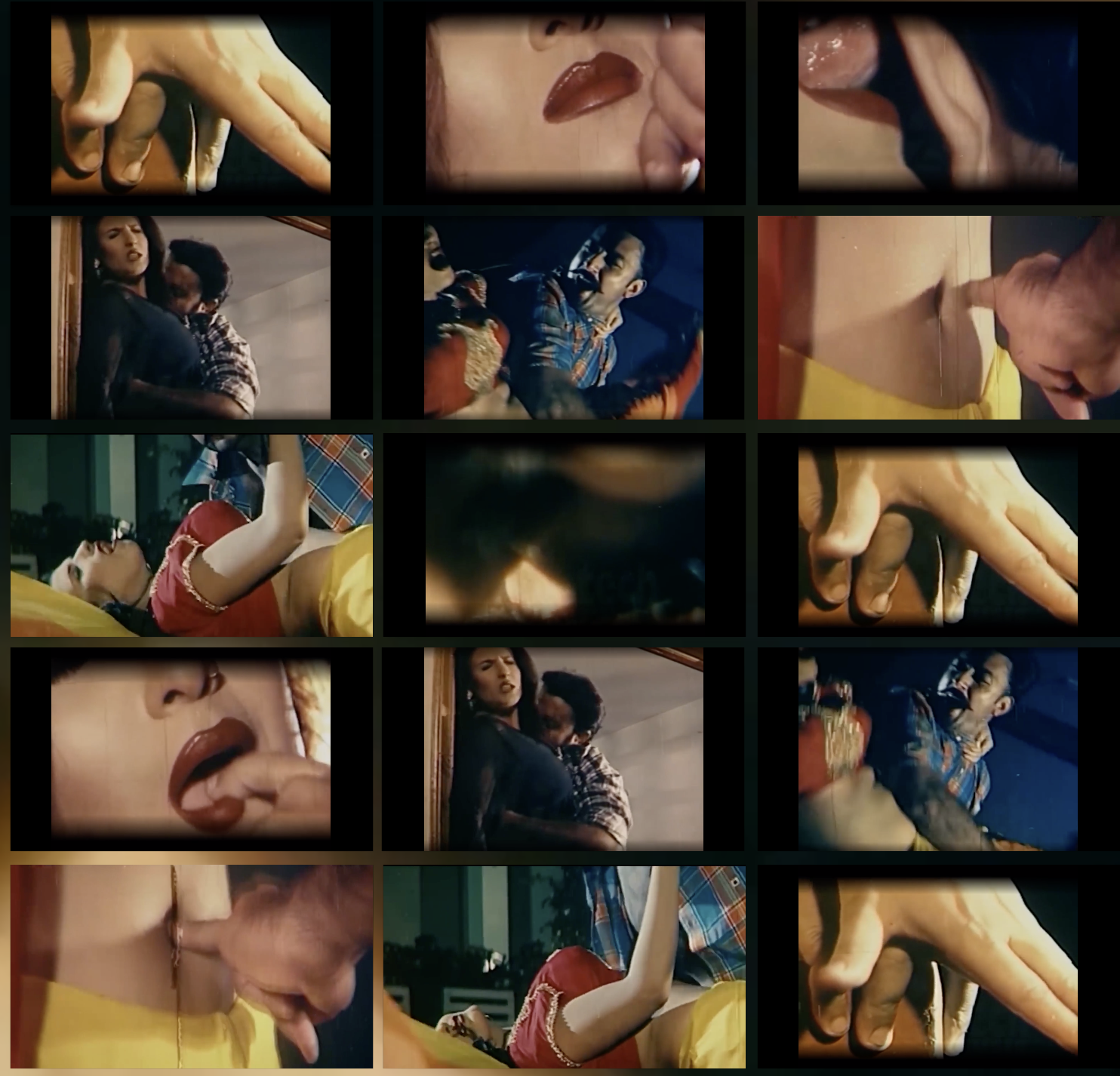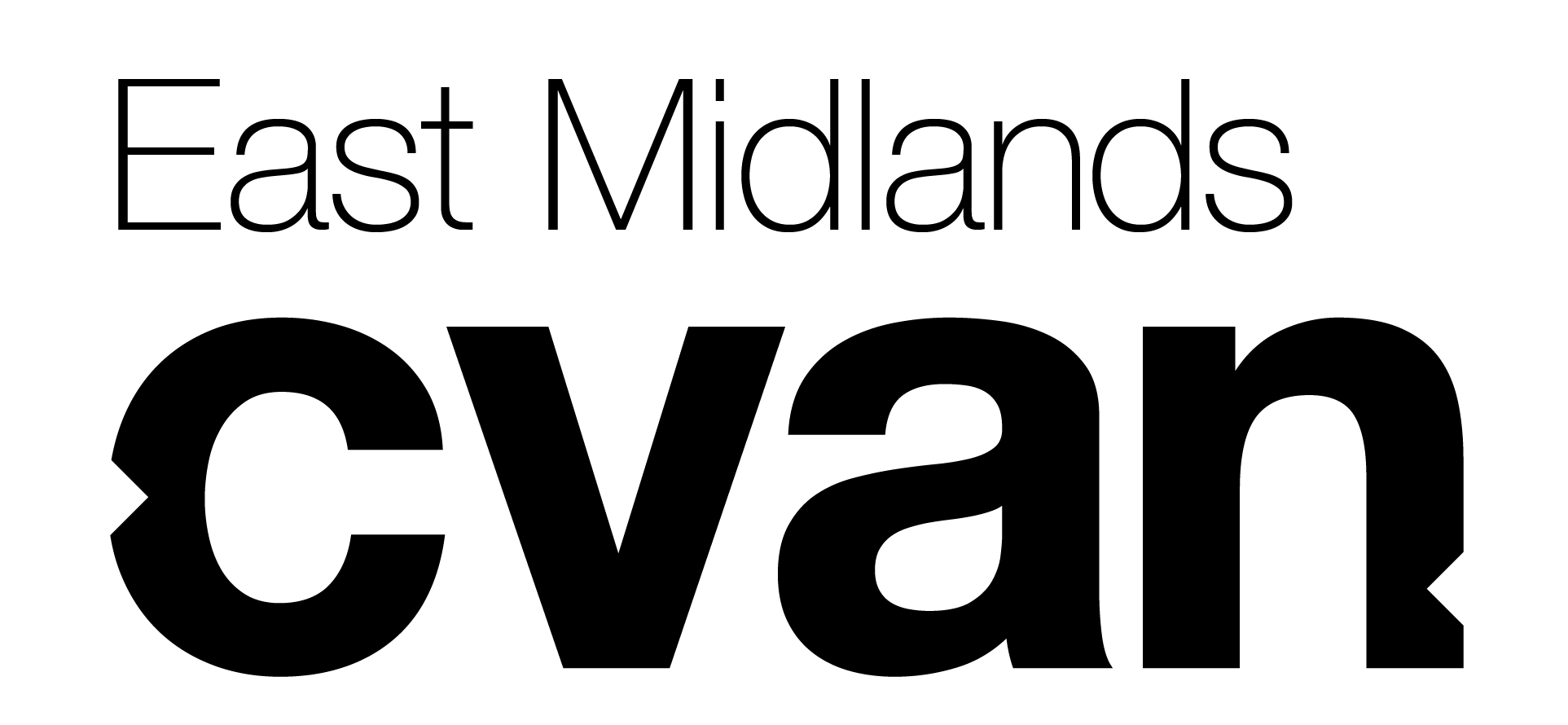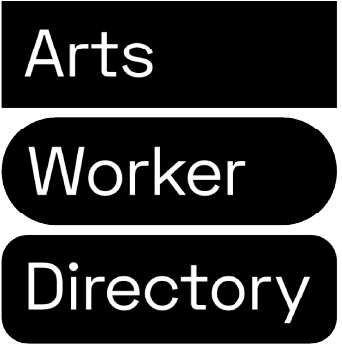Meet the Artist started in 2014 as a way to recognise and platform the incredibly ambitious work being made by artists based across the East Midlands! Following an extended break Meet the Artist is back for a limited run, which will see CVAN EM platform work by an artist from each county in the region.
Nisa Khan is a critically acclaimed interdisciplinary artist, published writer and researcher. Khan is the recipient of the Bloomberg New Contemporaries 2021 award. As part of the award her work Have you been sat there plucking your fanny hair? has toured Firstsite, Colchester and South London Gallery. Khan holds an MA (Distinction) in Fine Art from Chelsea College of Arts, where her work The Browns Head Out of Town was shown at Tate Britain’s: Late at Tate (2020). Khan’s work from rags to bitches to riches: Sir Ochterlony & His Bibi’s and Nazarana: nuffin is free as part of Saatchi Gallery’s London Grads Now. 21 exhibition.

Where do you practice?
I live in Derby, and I am very fortunate to have a studio in my garden; which is where most of the making and conversations with other artists occur. I have three children so it’s a luxury (and sometimes a curse) to have the ability to work and to pop back into the house and reconnect with everyone. Equally, it’s an external space which helps in trying to achieve a work/home life balance. However, this is an ongoing battle which most parent-artists try to navigate.
When I’m stuck in a project or trying to piece together thoughts and ideas I tend to work at an intense pace; for me I work best at night when it’s quiet, dark and somewhat eerie outside. The studio becomes a cocoon in which I am surrounded by my work and thoughts. Sometimes when there’s just too much information in my head and I can’t seem to make sense of things, I turn to my “wall of thoughts”. This is where I eject pressing concerns, I think aloud and jot down thoughts on post-it-notes. The “wall of thoughts” is an integral part of my place of work. It performs as an active yet transient space; it visually compartmentalises my thought patterns, it becomes a point of reference – almost like an external hard drive.
I also think like many people the internet/my phone is also my office – working online allows me to collaborate with artists on a global level. I love having the flexibility to work on a document together in real time (when you’re on different time zones) or waking up to seeing edits done to a document knowing your contributions won’t be read until the next day. It creates an amazing working energy.

What do you practice?
My multidisciplinary practice spans across; sculpture, installation, photography, film, performance, and mixed media productions. I am interested in humour and its role in representation, often using it as a tool to lure the viewer. My practice explores intersectional feminism; I unpick multiculturalism by investigating embedded cultural codes and exposing unpleasant, crude, familiar and unfamiliar elements of my working-class British-Pakistani heritage. I achieve this by focussing on lived experiences, which have activated a sense of in-betweenness; of being caught between cultural extremes. In particular, I draw from early conversations with my mother, whose colourful language contrasted with the strict social codes she attempted to enforce.
The work is often a response to a memory of personal discomfort, shame, or awkwardness; the/my brown body is used as a site of inquiry which archives these diasporic exchanges. I seek to unpick, subvert/perpetuate cultural expectations surrounding the sexuality and taboos associated with Pakistani/British-Pakistani bodies. By centralising and presenting alternative representations of the marginalised body, I aim to challenge notions of hyperbolic femininity, male-gaze and Western perceptions of knowing so to decolonise such bodies.
In summary it is super serious stuff packaged in a way (depending on your culture) which can be read as funny and/or crude. It’s always hovering between humour and seriousness, hoping to provoke curiosity and dialogue.

How is your work shaped by your locality?
My work is inspired by my own heritage and experiences. I am originally from Bradford and whilst I probably didn’t appreciate it much growing up, I think growing up in a city which was incredibly diverse and energetic instilled a certain value in my cultural heritage which I didn’t know existed until I moved away. Whilst Derby is a multicultural city it is not as diverse or busy as Bradford. I think in having distance from Bradford has allowed for me to reflect on my experiences not in a mere nostalgic manner but one which is critical. I often try to encapsulate the humour and boldness by channelling my inner Bradfordian and have used landscapes from both cities in my works.
My art journey started in Derby where I studied BA Fine Art at the University of Derby. Derby has an understated arts ecosystem at first glance it can seem intimate however the calibre of people in the arts sector is second to none and it’s an incredibly supportive ecosystem which has great connections outside of the city. I’ve been very fortunate to have worked across the various arts organisations across Derby such as, Artcore, Derby Art Gallery & Museum and Quad who have always championed local artists.
Although my work is inspired by my experiences I do enjoy connecting with people and communities through social media. It generates an understanding of where communities are in the present. Although my work starts from a personal perspective, I am interested in creating work which is not only historically accurate but reflects current cultures and holds contemporary relevance and significance. Social media gives me immediate access to the past and present and the opportunity to network with artists and organisations on a global level.
What are you working on?
I have taken somewhat of a sabbatical from physical art making but easing back into my practice. I am one half the “Louder!” collective, myself and fellow artist and writer Kristen Donoghue-Standford have an ongoing body of works where we have collaborated on a series of essays which look at the relationship between the lens, the viewer and the female body which we hope to turn into a publication. I am still working on the Pious Sluts series – which is combination of essays and works that focus on Mujra which is a form of South-Asian dance. Mujra offers me the opportunity to create an understanding of the complexities associated with sexuality and the brown female body.

You have spoken about your collaborative and independent writing projects, how did you come to writing as a tool to further explore the themes present throughout your wider practice?
My practice revolves around intersectional feminism. It is biographical and a sharing of lived experience. Before I knew of these terms, I could not appreciate the significance of my identity; I often wondered why should people care? Am I that self-absorbed? If I am asking for the viewers’ attention, I must respect their time and create a beneficial exchange.
Writing for me was a crutch. The deliberate use of humour in the work is used as a tool to lure the viewer and to make the work somewhat digestible. However, in doing so the work is somewhat simplified and the deeper issues in the work are overlooked. It became the less abstract, more coherent and somewhat tangible external evidence that I presented alongside the work (to add value to the art). I was creating a meal-deal of a sort; although the work is the main course, the writing served is more than a mere side order. It is laboriously meticulous theoretical research. The candid biological revelations are the condiment which enhances the flavour of the work, and the critiques aims to tantalise the reader. The citations and references are the aromatics which aim to make the work more palatable or digestible. Writing helped ease my insecurities, it was a justification which internally gave me the confidence to share and validate the external work.
Writing for me now, is not only an extension of my practice, but also a merger between the biographical and the critical. It’s the armature, a skeletal structure and the artwork is the skin, which is embedded with meanings and metaphors, some of these are intimate and buried beneath the layers, others tingle the dermis, and some erupt from the epidermis like hot flushes and beads of sweat. In its entirety; the innards (me), the bones (text) and the skin (artwork) metamorphoses into an authentic representation of people like me. Which I hope connects with people and encourages a diverse understanding of marginalised communities.

This year, Industria published Structurally F—cked, in the introduction the report exclaims ‘we [will] map out the shifting landscape of disappearing support structures for artists over the course of the last half century by way of our family histories, demonstrating how these changing material conditions and political circumstances have resulted in the current dire situation for artists.’ How do you navigate working as an artist in 2023?
Up until my graduation last year I had been a student for almost six years. Going from full-time education to the outside (non-academic bubble) is a strange transition. In academia there is an expectation to make, produce, exhibit, research and network. You are part of a community who support and inspire you to make. There are set exhibitions for which you know you must make, and self-funding is the only option. Fast forward to art-life post-academia where you actively (attempt to) schedule art making around work/family/life commitments – all that without deadlines (unless of course you have a project/exhibition to work on) takes a lot of dedication. I’m somewhat an introvert and my practice is extrovert, so it’s a challenge to be a mingler. With limited access to funding and opportunities to show your work being an artist can be demanding and seem somewhat difficult to sustain.
Like many artists I am trying to navigate through various challenges. That said, I’ve been fortunate enough to have opportunities with organisations ‘locally’, such as Bloc Projects, Bradford Producing Hub, CVAN East Midlands, GLOAM Gallery, Artcore and Quad. I think there is more value in developing wholesome working relationships where organisations offer ongoing support by investing time in the artist. It creates a more balanced ecosystem; in which collaborative thinking can occur, ideas have time to percolate and there is opportunity to be experimental and take risks. For me, that’s where the real magic is.
Even though production has been slow for me this year, I feel supported as an artist especially when these networks reach out, encourage, signpost and offer opportunities. It means I can continue to grow my practice at a sustainable pace and without burning out.
Find out more about Nisa’s practice on her website and follow her on Instagram.
Nisa was interviewed in November 2023.
All images are courtesy of the artist.

